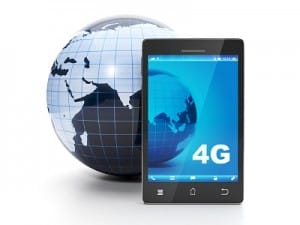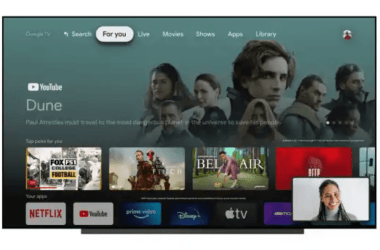High speed internet connections are a reality today with 3G technology. However these internet connections are limited to the home, coffee shop or office. When we are on the move we lose access to super high speed internet. 4G promises to change all that. It is a promise of broadband speeds on the move. Let’s take a look at this new technology and everything around it.
What Is 4G?
4G means fourth generation wireless. This generation of technology promises to make high quality multimedia streaming and IP based gaming, data and voice a reality. Transmission speeds are set to match cable modems. 4G signifies the shift to global roaming along with better data rates. 4G will allow us to do the things 3G does – much faster. Newer applications can run utilizing greater bandwidth.
The International Telecommunications Union (ITU) has not established standards as yet, but two technologies – LTE and Wimax currently are regarded as 4G. Current implementations of these are generally regarded as pre-4G. They do not completely fit the requirements for 4G. 4G requirements include speed, spectral efficiency, dynamic sharing and utilization of resources, smooth handovers over heterogeneous networks as well as being based on an all IP packet switched networks and high service quality for next-gen multimedia support.
What Is LTE?
LTE stands for Long Term Evolution. It is regarded as the technology that succeeds 3G. It provides faster uploading and downloading. It has been observed to provide2-5 MB/S speeds for upload and 5-12 MB/S download speeds. The 3 GPP (third generation partnership project) is developing the LTE technology. This technology has migrated to an all IP flat networking architecture. MIMO technology is the other “new” aspect of LTE. LTE is easily upgraded from 3G setups.
What Is Wimax?
Wimax is an extension of Wi-Fi. It gives fast internet access on devices from smartphones to laptops. In practicality this technology gives long distances or high bitrates but not both together. Average speeds range between 3-6 MB/S. MIMO technology is supported. 2.3 GHZ, 2.5 GHZ and 3.5 GHZ are the listed spectrums for Wimax. Clearwire has several times the available spectrum compared to competitors.
What Is the Real 4G
The ITU does not consider LTE or Wimax authentic 4G. They are both gap fillers between 3G and 4G. LTE Advanced and WImax 2, when they are available are likely to be regarded as true 4G. The best speed at the moment is 3-6 Mbps with Clearwire’s Wimax service. Clearwire’s service is available in 30 markets including big cities. You can buy plans based on day or month. Several no-contract options are available. 4G Internet is the wave of the future.
As an Amazon Associate, TechCity may earn a small commission if you shop these products.
















